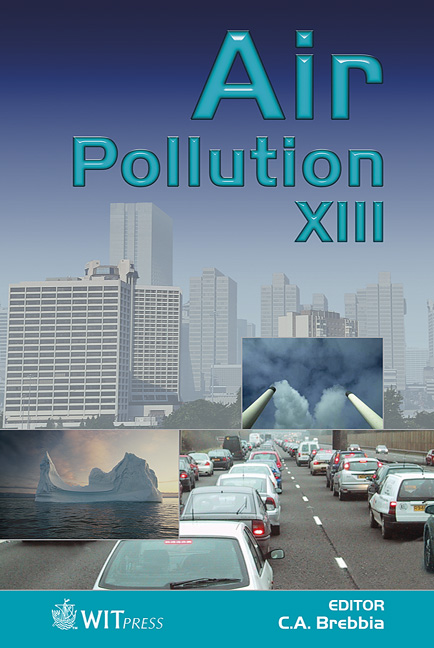Accuracy Enhancements Of The ARX Model By Introducing LSW Theory In Ozone Peak Prediction
Price
Free (open access)
Transaction
Volume
82
Pages
10
Published
2005
Size
555 kb
Paper DOI
10.2495/AIR050501
Copyright
WIT Press
Author(s)
J. S. Park, J.-Y. Lee, H. Lee & J.-J. Lee
Abstract
The ARX (Auto Regressive eXternal) model is one of the commonest modelling approaches for ozone prediction. In this model, the history of the atmospheric ozone level determines the ozone concentration in the following sequence. The ARX model, however, is known to be improper for predicting the peak levels of ozone variation, as the long-term history is normally applied. Even then there exists a certain amount of time lag in predicted concentrations. In this study, the ARX model was modified and examined by introducing LSW (Local Stationary Wavelet) theory to enhance the accuracy of the conventional ARX model in ozone prediction. The recent updates will be reported in this paper. Keywords: 1 Introduction Photochemical smog, as is well-known, is a complicate phenomenon with the existence of reactive organic compounds (ROCs), nitrous oxides (NOx), and the ultra-violet waves in sunlight. Especially when meteorological conditions in an urban area are stable, the photochemical smog is formed. It in turn generates a significant amount of ozone which has the potential to cause health risks to the public. There are also many other forms of facts concerning ozone formation, which implies a strong requirement for tools for ozone level prediction.
Keywords
ARX, LSW, time series, ozone peak prediction.





